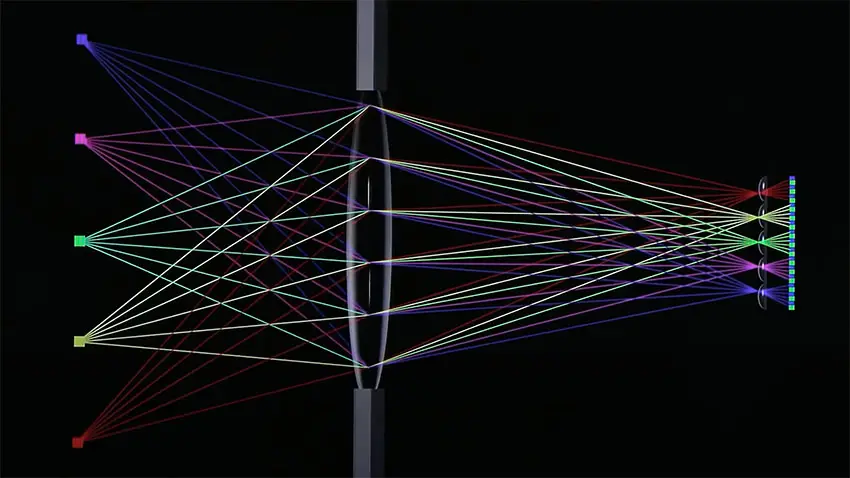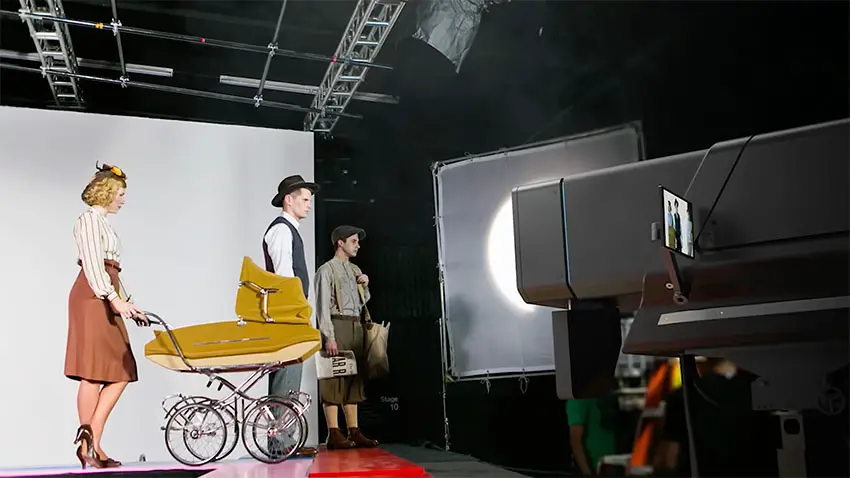While we are all sitting here being impressed with the relative affordability of a 12K cinema camera in 2022 there was a company named Lytro that announced a camera with a 40K resolution was in development.
The amount of storage space (and money) that would take is insane. Apparently that mindset must’ve been shared by many as Lytro’s camera never made the waves they expected and quietly disappeared.
In another installment of Frame Voyager’s abandoned camera series they take a look at this boundary-pushing Lytro camera. We can all learn about the fate of the hyped-up light field cameras.
Lytro may not be an unfamiliar name to your average consumer as they pioneered the ability to shoot now and focus later with some actually quite affordable and fun cameras. They then took a turn towards the high-end market and this cinema camera was part of that adventure.
The company promised 755MP of raw data for 40K capture at up to 300 fps. You could also refocus, change depth of field, and more in post. It had promise.
What happened?
History of Lytro
Light field cameras were a new type of imaging device. It captured the light data from a full three-dimensional space. This compares to the two-dimensional images conventional cameras capture.
Using a micro-lens array they can record data from multiple angles at once. They can then use this information to change depth of field, the focus point, and even have some slight position adjustment.

This topic isn’t actually new as plenty of scientists theorized on the subject. Then, Lytro made the first commercial model with their Light Field Camera that retailed for $399.
The first light field camera was incredibly simple and meant to just point and click with some software to do adjustments later.
Following up on this release was the Illum. Aiming more for professionals it has a more traditional DSLR/mirrorless form factor and offered much more control.
After these releases Lytro made a business decision to shift towards video and the virtual reality arena. This started with the Immerge, a 360-degree capture device.
All these cameras looked good and did what they said they would. After this they did have a change in leadership and in direction.
This brings us to NAB 2016 and the subject of this video—the Lytro 40K Cinema Camera.
The Lytro Cinema Camera
This announcement was huge. Their booth at NAB was crammed with people to the extent that they needed to put caps on occupancy.
It went far beyond the simplistic cameras they had released so far. Additional changes that could be made in post included changing things like shutter angle and frame rates.

There was a cost, however, of $125,000 for a subscription and a nebulous additional cost depending on the length of the shoot.
This was a rental only camera.
Everything was new with the camera and they even used an image sensor that was half a meter wide.
Light field also meant that you had detailed information on subject location in the scene and it would make things like rotoscoping incredibly easy. They showed this off with a short film and it honestly is impressive.
It was a monster. The camera was 6’ long and weighed hundreds of pounds. And on top of that it was recording 400GB every second.
Perhaps they went too big with their goals here. It was so far ahead that it was not practical for most filmmakers to use it.
Unfortunately, this isn’t a rare story.
A couple years later, after the VR industry shifted to lower-cost alternatives, Lytro shut down and was sold off to Google.
Since then there hasn’t been much news in light field imagery. It exists somewhere, but we may or may not hear about it for a long time if ever.
[source: Frame Voyager]
Disclaimer: As an Amazon Associate partner and participant in B&H and Adorama Affiliate programmes, we earn a small comission from each purchase made through the affiliate links listed above at no additional cost to you.

